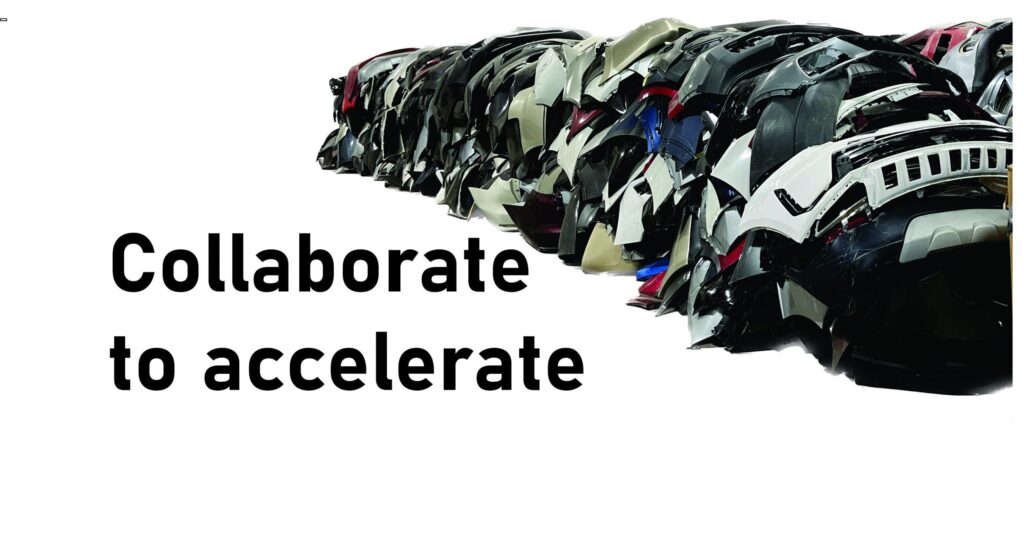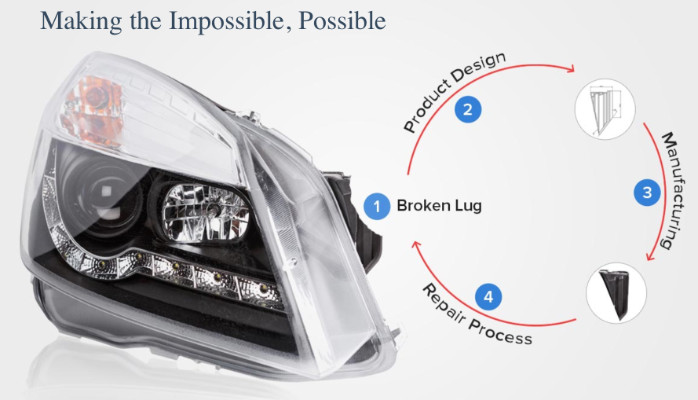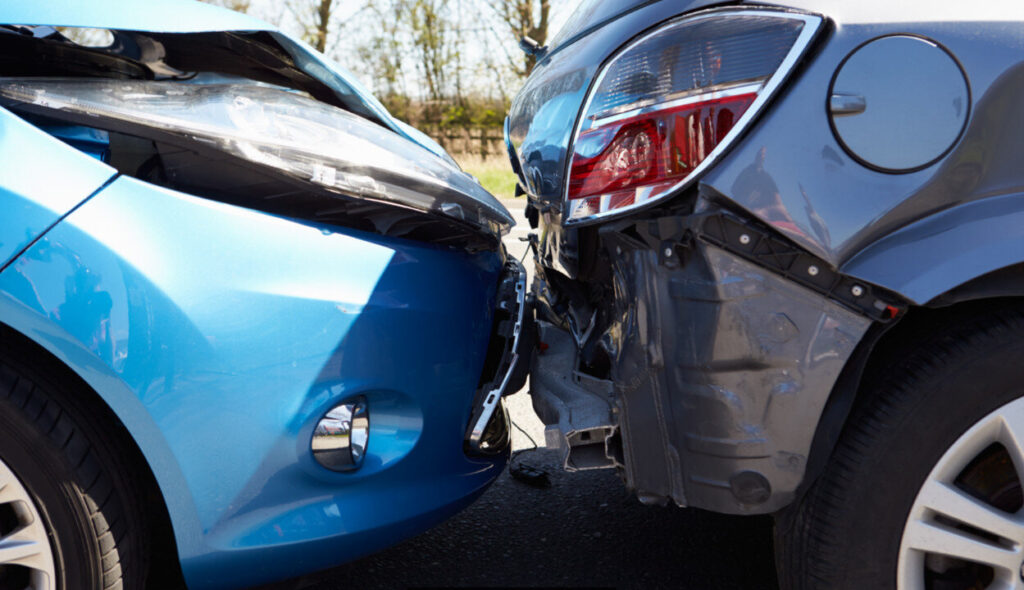It\’s time to collaborate on accelerating circular parts economies
As someone who started his career as a 16-year-old plastic repair apprentice and has played an instrumental role in advancing plastic repairs and circular parts solutions over the last 30 years, I believe the time is right to pull together towards better circular part models and salvaging repairable parts instead of sending them to landfill.
The collision industry is unique in that it often discards perfectly usable parts that need little repair, contributing to the rising cost of vehicle repairs.
An added increase in expenses can be attributed to the integration of advanced technology and safety calibration in modern vehicles. However, amidst these challenges lies an opportunity to not only address the issue of escalating costs but also to make a positive impact on the environment through the adoption and acceleration of circular parts economies.
A circular parts economy emphasizes the reuse, repair, and recycling of products and materials for as long as possible, in contrast to the traditional linear economy\’s \’take, make, dispose\’ pattern.
By adopting a circular approach, the collision industry can extend the lifecycle of parts, reduce the demand for new materials, and lower repair costs and environmental impact.
One pressing environmental concern in the collision industry is plastic waste.
Bumper covers, lower spoilers, trims, and headlights, predominantly made of plastic, contribute significantly to landfill waste. Currently, only about 15% of such parts are repaired, despite the potential to comfortably repair double and in some cases triple per part profile.
The underutilization of repair opportunities not only exacerbates the problem of plastic waste but also inflates repair costs by necessitating the purchase of new parts.
To counter these issues, the industry is increasingly focusing on the principle of \’repair over replace.\’ Advanced plastic repair processes, materials, and technology are being developed to support this shift. Repairing rather than replacing parts conserves resources and minimizes the environmental footprint of repairs.
In addition to repairing parts, the circular parts economy model also emphasizes the importance of salvaging and refurbishing usable parts. Introducing collaborative refurbished parts hubs into the industry reduces the need for new parts, contributing to cost savings and environmental sustainability.
The advancement of circular parts economies is also being driven by innovation and technology, such as 3D printing, which makes the repair and refurbishment process more efficient and effective. Collaboration and partnerships among collision centers, insurance companies, original equipment manufacturers (OEMs), and the plastic repair and recycling sector are key to the success of circular parts economies.
Skills, training, and education play a crucial role in this transition. Developing new training programs to upskill the current and future workforce on new ways to repair parts as plastic the right way no using fillers and raising awareness about the environmental and economic benefits of repairing and recycling parts are essential.
By fostering a cultural shift towards sustainability, the industry can encourage more responsible behavior and practices.
Insurance-led policy and regulation are also critical in supporting the adoption of circular parts economies. Developing better-regulated standards and policies for managing automotive plastic waste that collision shops generate is necessary to ensure responsible and sustainable practices.
The collision industry is at a pivotal point and can greatly benefit from embracing circular parts economies, which offer a pathway to reduce repair costs and mitigate environmental impact. The transition to circular parts economies, working together is not just an economic imperative but also a moral one, as it aligns with the broader goals of sustainability and environmental stewardship.


